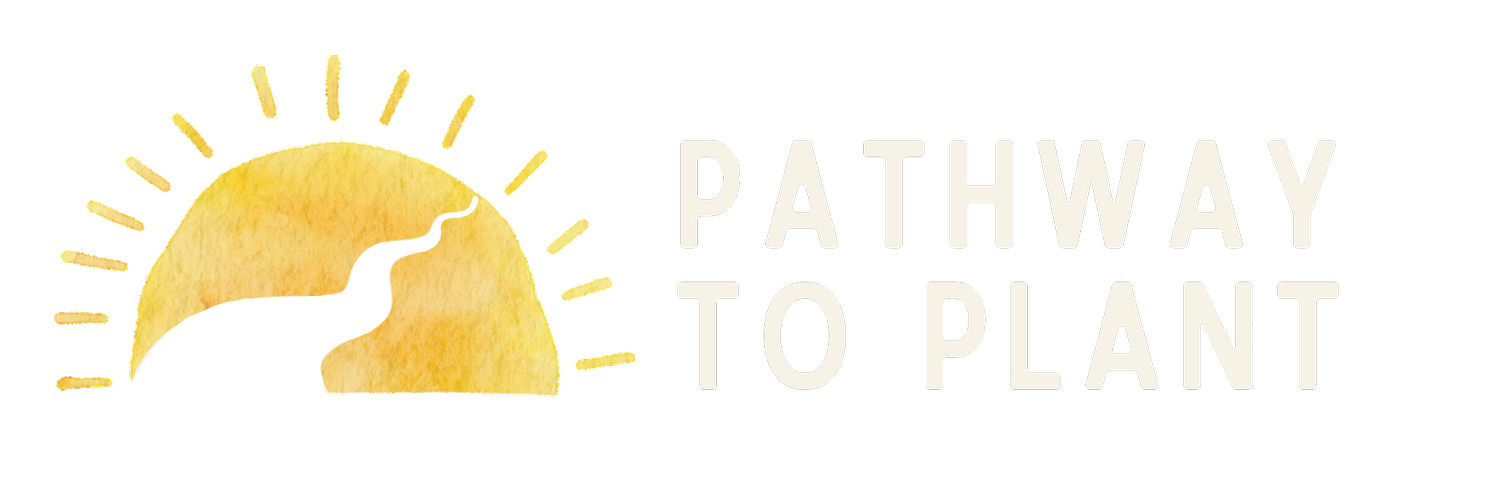On Draining
Drainage material is an important piece of the terrace and rooftop ecosystem. Drainage material is made up of substances that take a long time to break down that are both porous and water insoluble. When planting in large planters we use drainage material for two main reasons:
The first, is to lighten the load. The roof membrane can only take so much weight before there begins to be structural damage to the roof (yikes!) and soil is heavy and wet soil is even heavier. To offset the weight of soil, we use a layer of light, porous material to fill the bottom of the planter.
The second, is to create space for water to run through to in the container so that the plant roots do not sit in wet soil. Water logged soil can lead to root rot which can lead to death of plant. When planting in the ground capillary action in the soil is able to pull excess water away from the area of planting and into surrounding drier areas, which decreases the chance of root rot. SO, when planting in containers the soil is contained within a box and cannot send excess water to a drier area. That is why the drainage layer is so helpful. Through the force of gravity the water is pulled down and out of the soil and into the drainage layer allowing the soil and roots to dry out before the next watering. This is very important because when the roots dry out that is when they are able to take up oxygen!
The material that is the industry wide standard for drainage material is packing peanuts. Yep, those same styrofoam peanuts that fill your packages to protect your new purchase as it makes its way to your door. Styrofoam as we know takes a looong time to decompose (does it really ever??) and its production uses lots of water and unsafe chemicals. Styrofoam is not a healthy product for our environment. And yet, it checks off all the boxes for the perfect drainage material - lightweight, porous, impervious to water and very little decay. Is there anything else in the world that does that??
YES! The seed pods of the Sweetgum tree. Latin name: Liquidambar styraciflua. They take a verrrry long time to break down and their spines make wonderful air and water tunnels. Harvesting the seed pods is also a fun added adventure. Take note, on your neighborhood walks, where the Sweetgum tree is located. It is quite recognizable for its 5 lobed star shaped leaves and also the piles of the pods sitting just beneath it. It is a common tree planted in urban areas in hardiness zones 5 - 9, so you will have plenty to choose from. Come back later to visit the site with your gloves and bags and harvest them right where they’ve fallen on the ground. Believe me, the city will thank you. Just pack em in as you would packing peanuts, cover with the landscape fabric and voila!
Another great substitute to buying a huge bag of packing peanuts is to collect your own! Keep any styrofoam packing material (even the square shapes) that are delivered to your home in a package. Ask local stores if they have any styrofoam packing material that they haven’t thrown out yet and let them know you’d be happy to take them off their hands. Electronics stores are a safe bet. Ask the owner when is garbage day and come just before then to un-burden them of their styrofoam. Begin your collection and use as necessary. You will be come to be known as that styrofoam person, but I personally take pride in that : )
Once you have collected all your material of styrofoam and Sweetgum seed pods you can begin to create your terrace ecosystem! Oh, and you can totally mix and match material. The amount of material used depends on the size of the planter and the size that the plant will grow into. If the planter to plant ratio is large you will use more drainage material. If the planter to plant ratio is small then you will use less. If the plant will grow into a large tree, use less drainage material. And if you are planting small annuals you can use more. There are many factors that go into deciding how much drainage material to use and as you become more accustomed to planting in containers you will begin to get a sense of what is needed. Usually 1/4, 1/3 and 1/2 the height of the planter are good measurements to keep in mind.
Happy draining!

